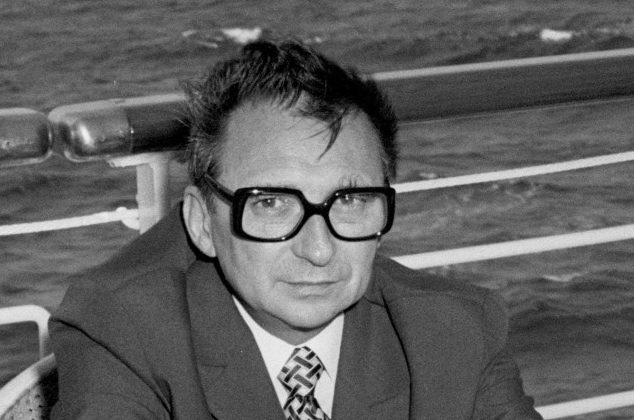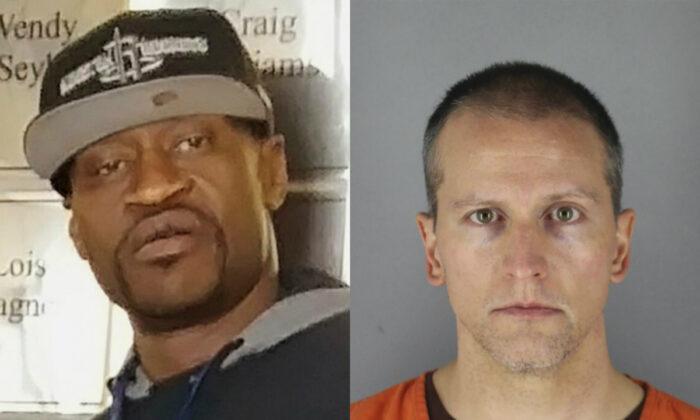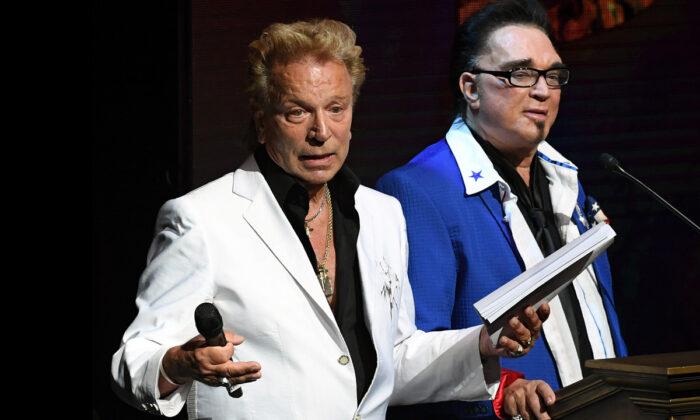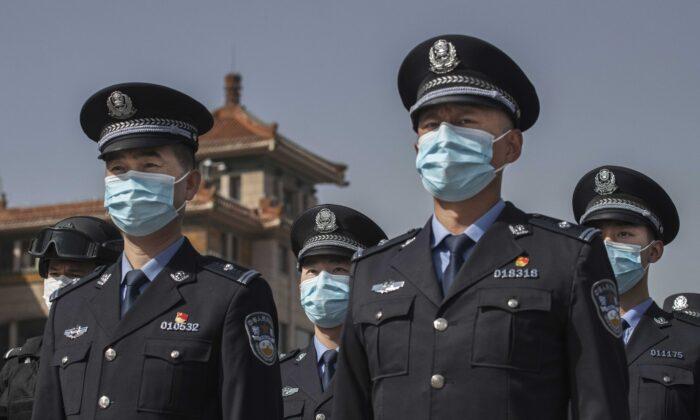At the end of World War II, the Soviet Union ended up on the same side as the Allies, despite the pre-war German–Soviet non-aggression pact.
The post-war alignment between the atheistic Soviet Union and the Christian West was never a comfortable one, and for that reason, World War II morphed quickly into the Cold War, which was a battle for the minds and souls of the participants.
The Soviets were intent on winning those prizes.
After World War II, the Soviets found themselves in control over many areas that previously had been Christian strongholds, including Hungary, Croatia, Romania, Poland, East Germany, and more. That was a problem for the atheistic communist government, and it went into high gear. Cardinal Stefan Wyszynski of Poland was one of the Kremlin’s early victims.
Wyszynski had been teaching at the seminary in Wloclawek, Poland, when the war started. He was forced into hiding when the Nazis marked him for deportation. He was targeted because of his position as an influential pastor and because he had joined an illegal Polish-language scouting troop.
At the request of Bishop Michal Kozal, Wyszynski went to a village named Laski, near Warsaw. When Polish resistance mounted the Warsaw Uprising in the summer of 1944, and the Nazis brutally retaliated by razing the city, Wyszynski served as chaplain of the local resistance army under the “Radwan II.”
A year after the war ended, Pope Pius XII appointed Wyszynski as Bishop of Lublin. In 1948, Poland’s Catholic leader, Cardinal August Hlond, died. Wyszynski was named Metropolitan Archbishop of Gniezno and Warsaw, and thus, he became the Primate of Poland. It has been reported that as Hlond lay dying, he asked that Wyszynski’s name be forwarded to Rome as his replacement. Actually, his name had already been sent to Rome before Hlond’s request.
Wyszynski originally held out hope for the return of the Polish government-in-exile from London and the removal of Stalin’s puppet regime. He actively supported anti-communist movements, but the Soviets expended significant resources to maintain control. By 1950, with the government confiscating Church property and making it very difficult to hold religious services, Wyszynski saw no alternative but to reach a working agreement with the communist authorities.
That agreement, signed on April 14, 1950, resolved the most important political disputes between the Church and the government. It promised to let the Church retain possession of many properties that had been subject to seizure, and it promised that priests wouldn’t be harassed when saying Mass. It removed the Church from active politics (a policy the Vatican had long favored), but it also prohibited religious teaching in public schools and gave governmental authorities a voice in the selection of bishops. (Interestingly, Karol Wojtyla—the future Pope John Paul I—was selected under this plan.)
Wyszynski’s agreement with the communist government didn’t lead to a lasting relationship. In 1953, the regime began arresting and prosecuting religious leaders, but Wyszynski refused to be silent, speaking out against communism: “The fate of communism will not be decided in Russia, but in Poland. When Poland becomes strong in her faith, she will start to destroy communism and win a victory over it. The whole world will be grateful to Poland for that.”
Of course, that was too much for the authorities. He was arrested and imprisoned in September 1953. Numerous other Polish priests were also arrested and accused of collaborating with “reactionary underground movements.” By the start of 1954, nine Catholic bishops and several hundred priests were in Polish prisons. Wyszynski wasn’t treated as brutally as some others, but he served as a witness, as detailed in his book “A Freedom Within: The Prison Notes of Stefan Cardinal Wyszynski.” He was released in October 1956.
For the next 10 years, Wyszynski struggled to maintain his church under communist rule. In 1966, he oversaw the celebration of Poland’s Millennium of Christianity, the 1,000th anniversary of the baptism of Poland’s Prince Mieszko I. Communist authorities refused to allow Pope Paul VI to visit Poland for that event, and they prevented Wyszynski from attending overseas celebrations. They didn’t, however, break the Polish spirit.
In the 1970s, Wyszynski gave his support to the growing Solidarity movement. His friend, Karol Wojtyla, was elected as Pope John Paul II in 1978, and the communist officials couldn’t prevent his papal trip home to Poland. As explained in the 2000 documentary hosted by Newt and Callista Gingrich, “Nine Days that Changed the World,” that 1979 visit inspired a revolution that led to the eventual collapse of the Soviet bloc.
Pope John Paul II was welcomed by Primate Wyszynski and by the communist leader Henryk Jablonski, who literally trembled in the presence of the Polish pope. Rather than directly arguing about communism, John Paul II undermined its foundations by emphasizing the dignity of man and his work, human brotherhood, and man’s ultimate destiny, which is more than temporal prosperity. He closed his homily on the vigil of Pentecost with the words, “Let your Spirit descend and renew the face of the earth, the face of this land!”
This was a spark that led to the ultimate collapse of the Soviet bloc. As Cardinal Stanislaw Dziwisz, the former Archbishop of Krakow, explained, John Paul II led “the largest revolution in history without the shedding of blood.” To be sure, President Ronald Reagan, British Prime Minister Margaret Thatcher, and others played important roles, but here is where the reality took shape.
John Paul II deserves the great credit he is given, but it’s unlikely that he could have been so important to the downfall of communism without Wyszynski’s heroic efforts to maintain Christianity’s hope during the dark years of Soviet oppression.
Wyszynski even got the last laugh on the communists. During the years of communist oppression, the government closed down the theology departments at the University of Warsaw and Jagiellonian University. To replace them, the government created the Warsaw Theological Academy, which was approved by the government but not by the Church.
After the fall of Polish communism, the academy was renamed as Cardinal Stefan Wyszynski University. It is a state university in Warsaw, but approved by the Church.
Wyszynski was the unquestionable leader of the Polish nation (the uncrowned king of Poland) during the Cold War, and he is credited with the survival of Polish Christianity, in the face of its repression and persecution during the reign of the 1945–1989 communist regime. The case for his beatification and canonization was opened in 1989. Pope Francis named him as venerable in December 2017, upon concluding that he led a life of heroic virtue.
Many in Poland and across the free world look forward to the day when he is recognized as a Catholic saint.





